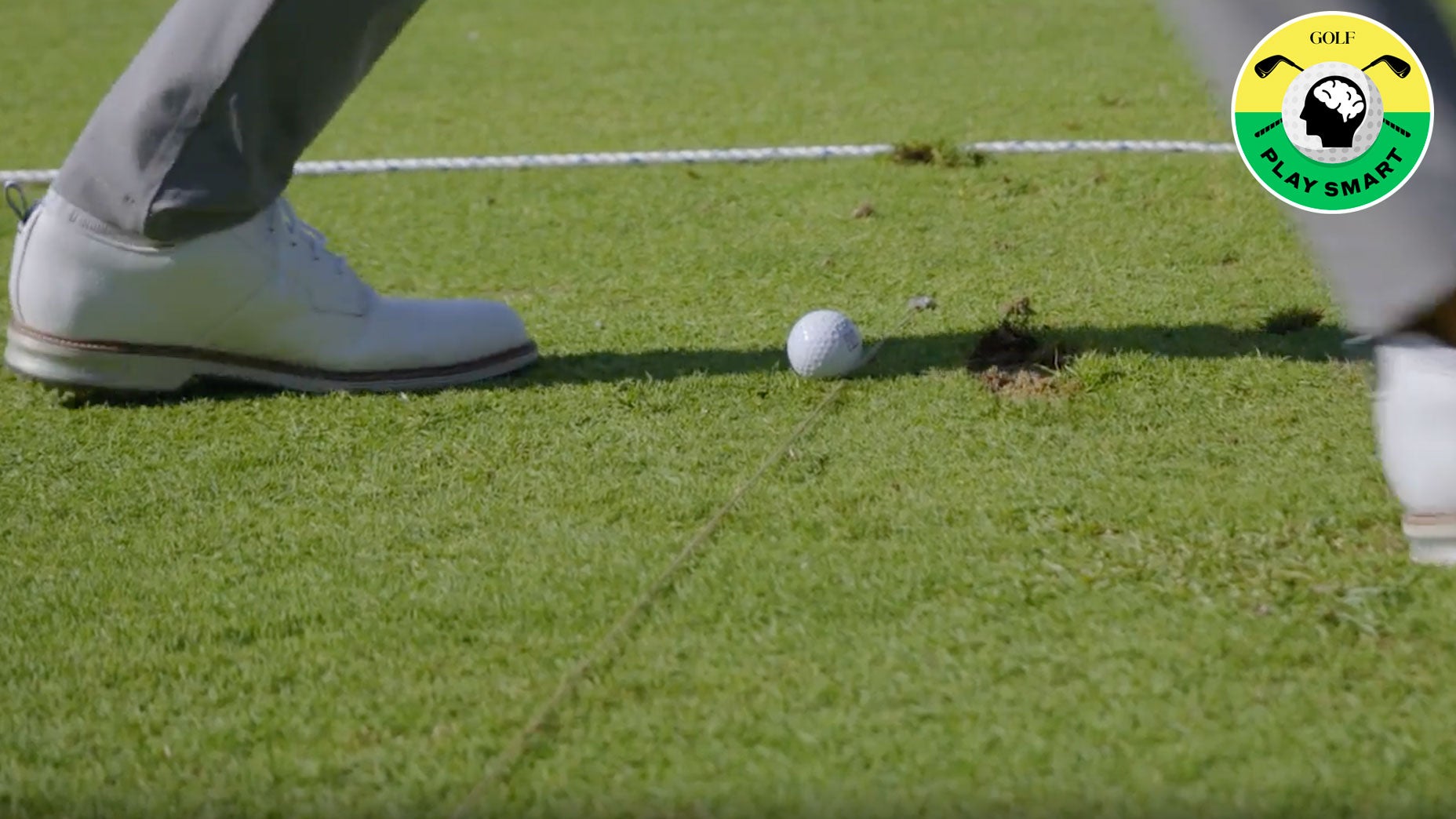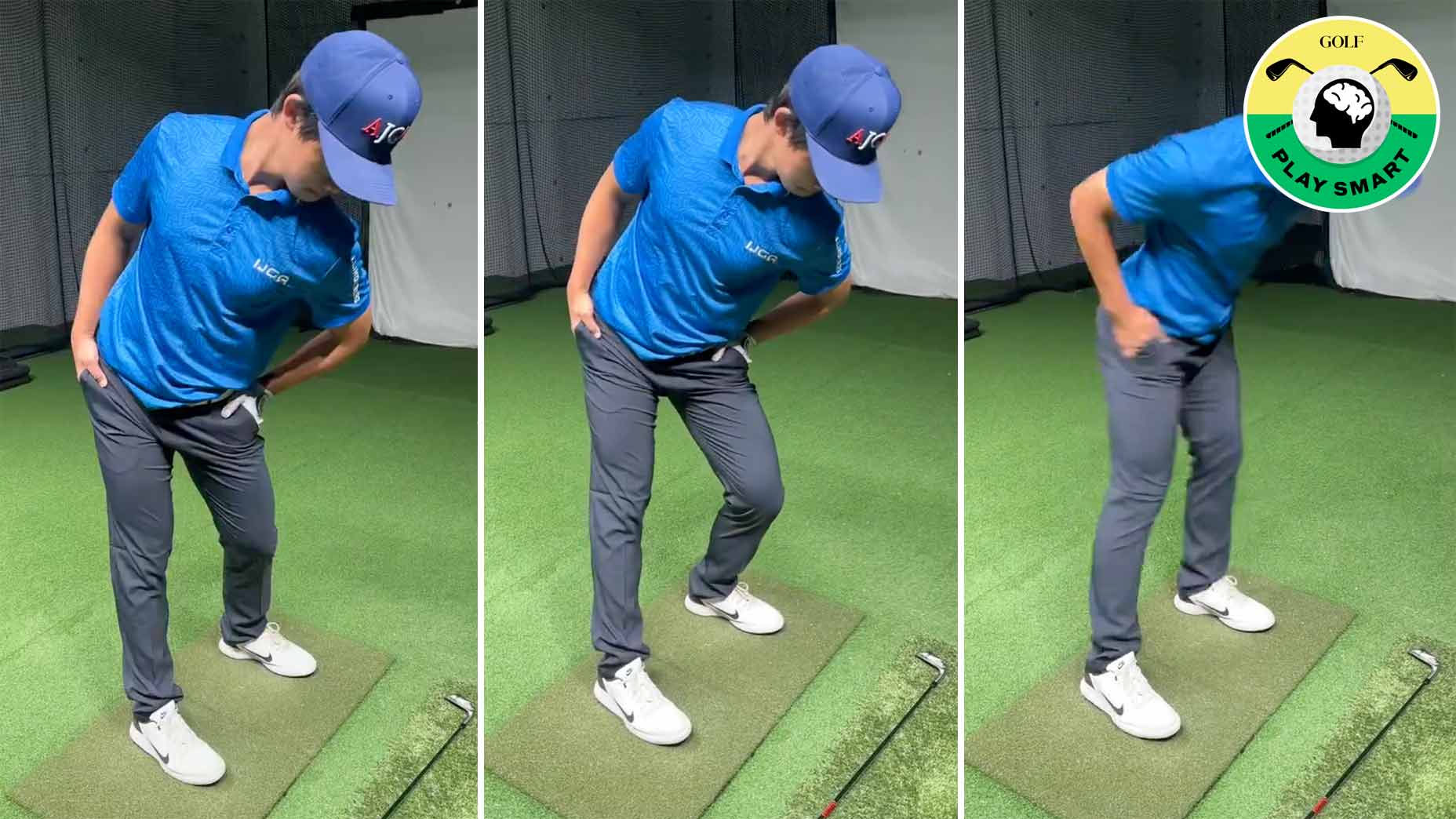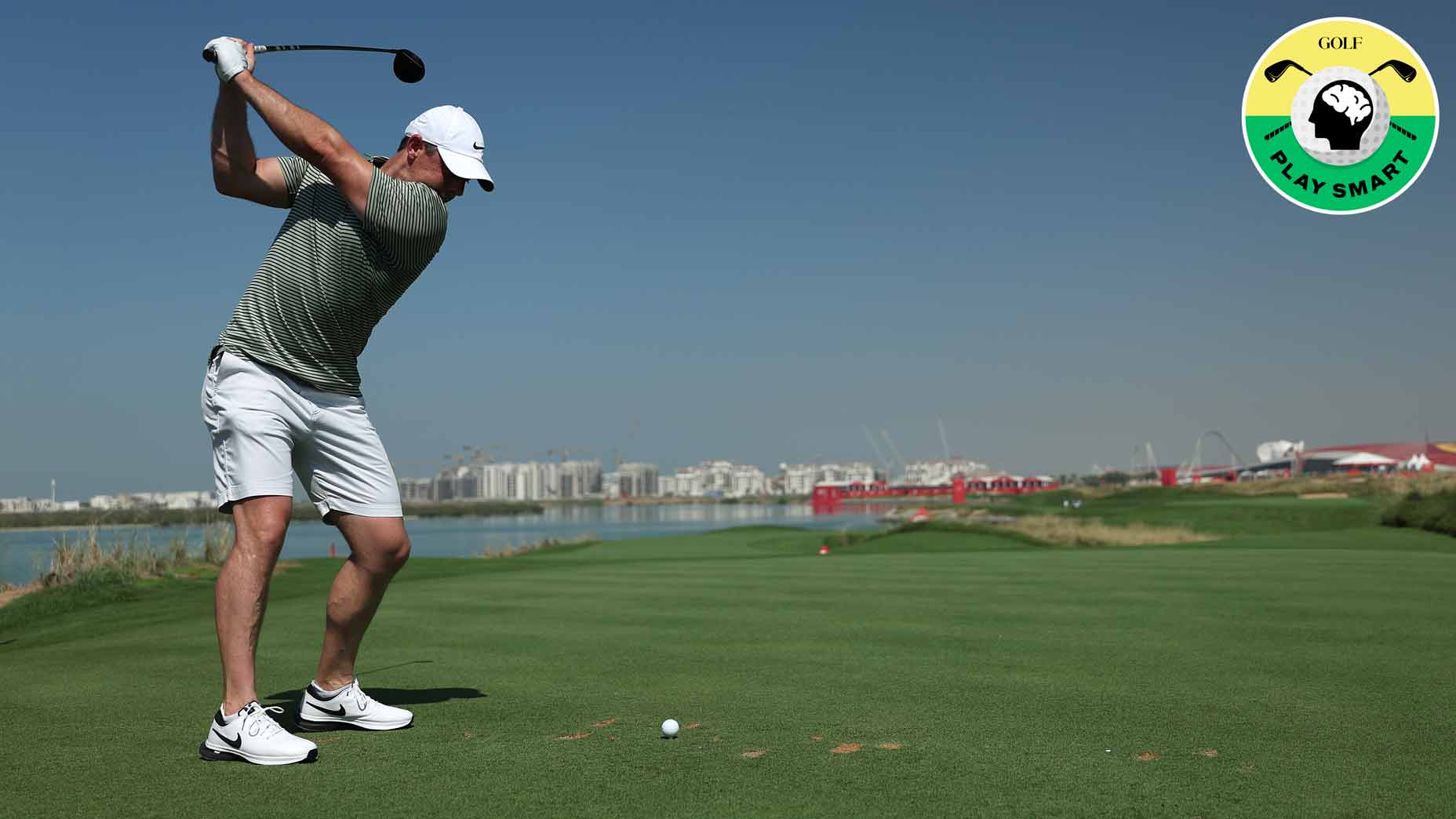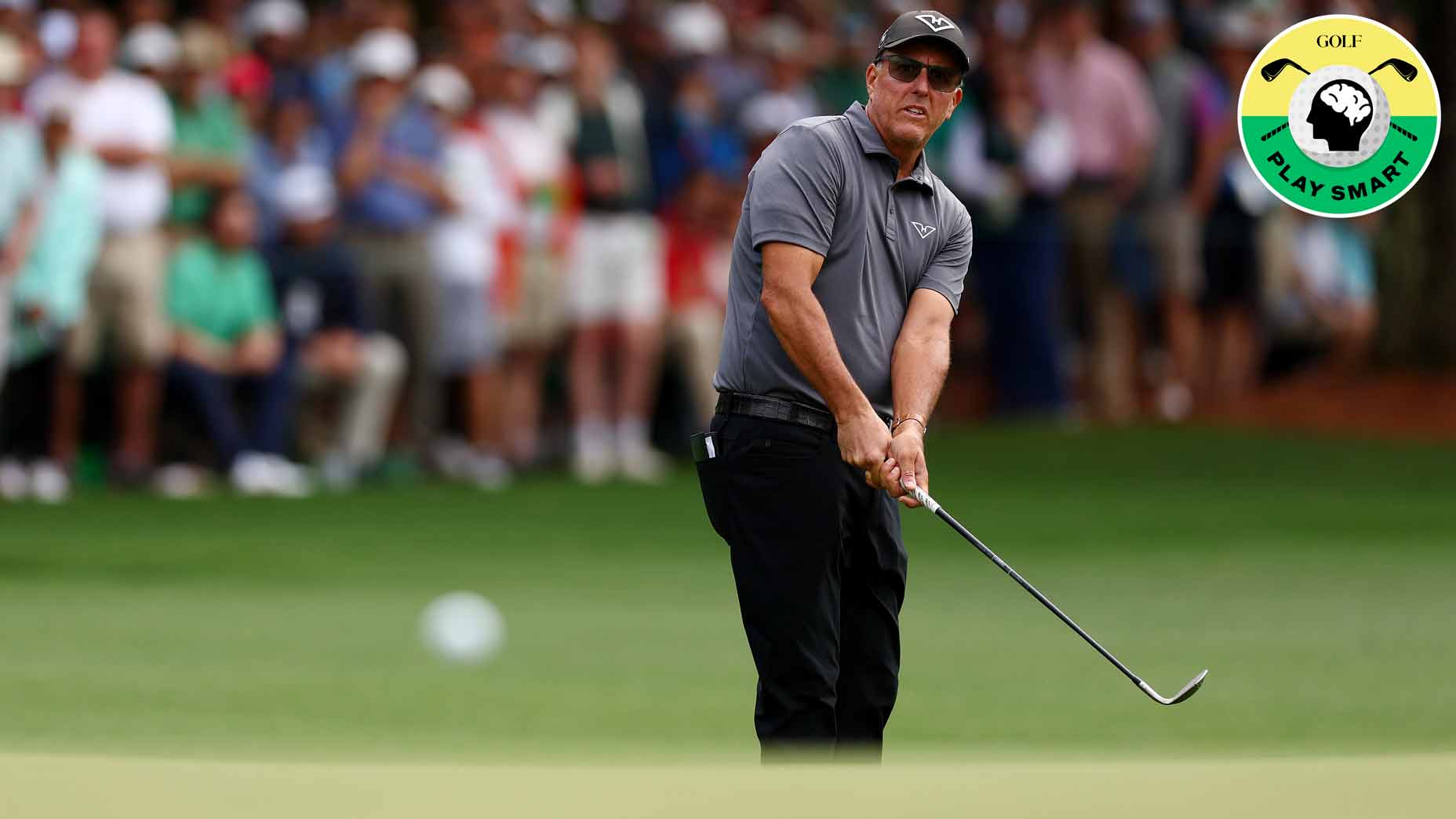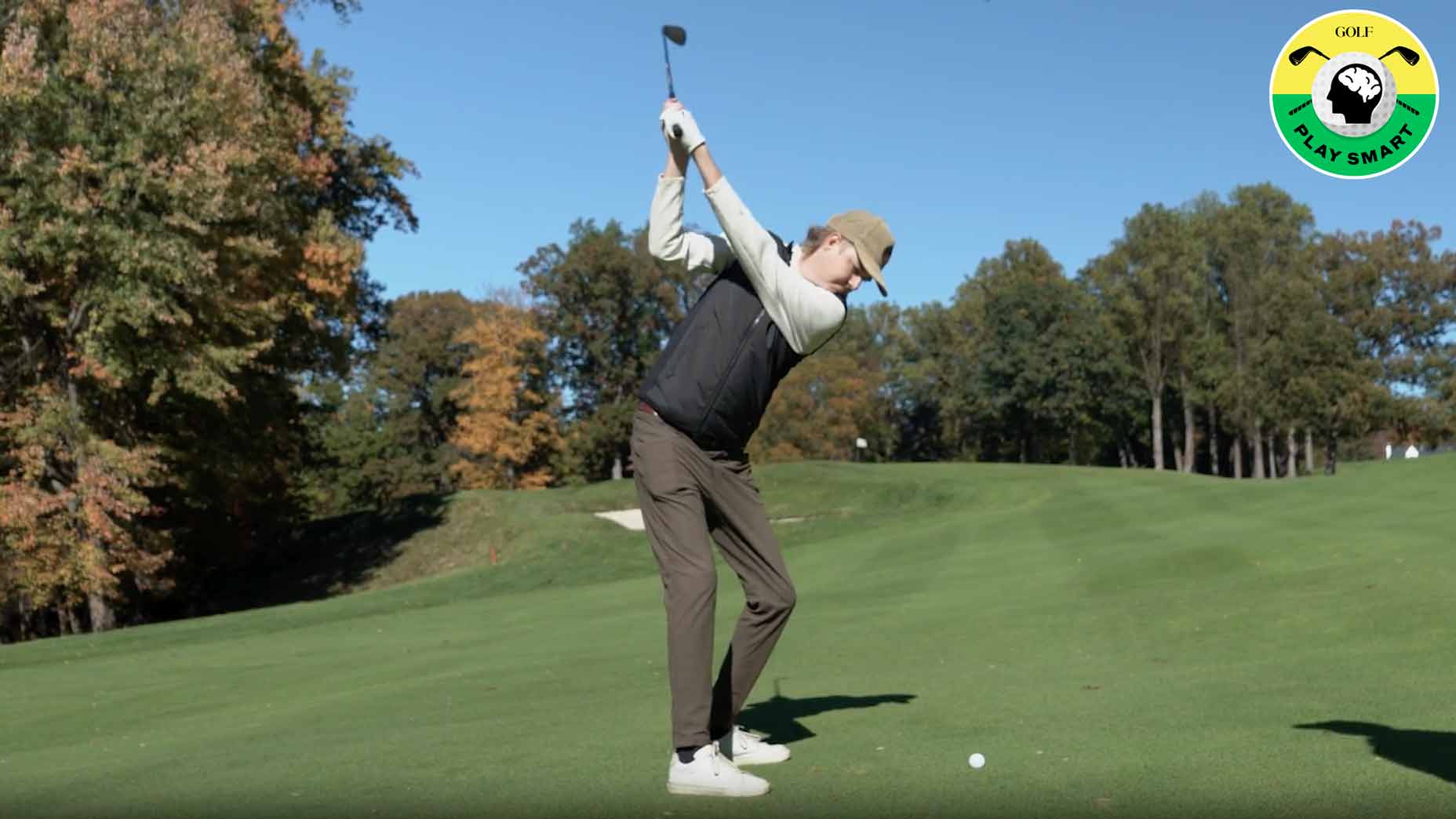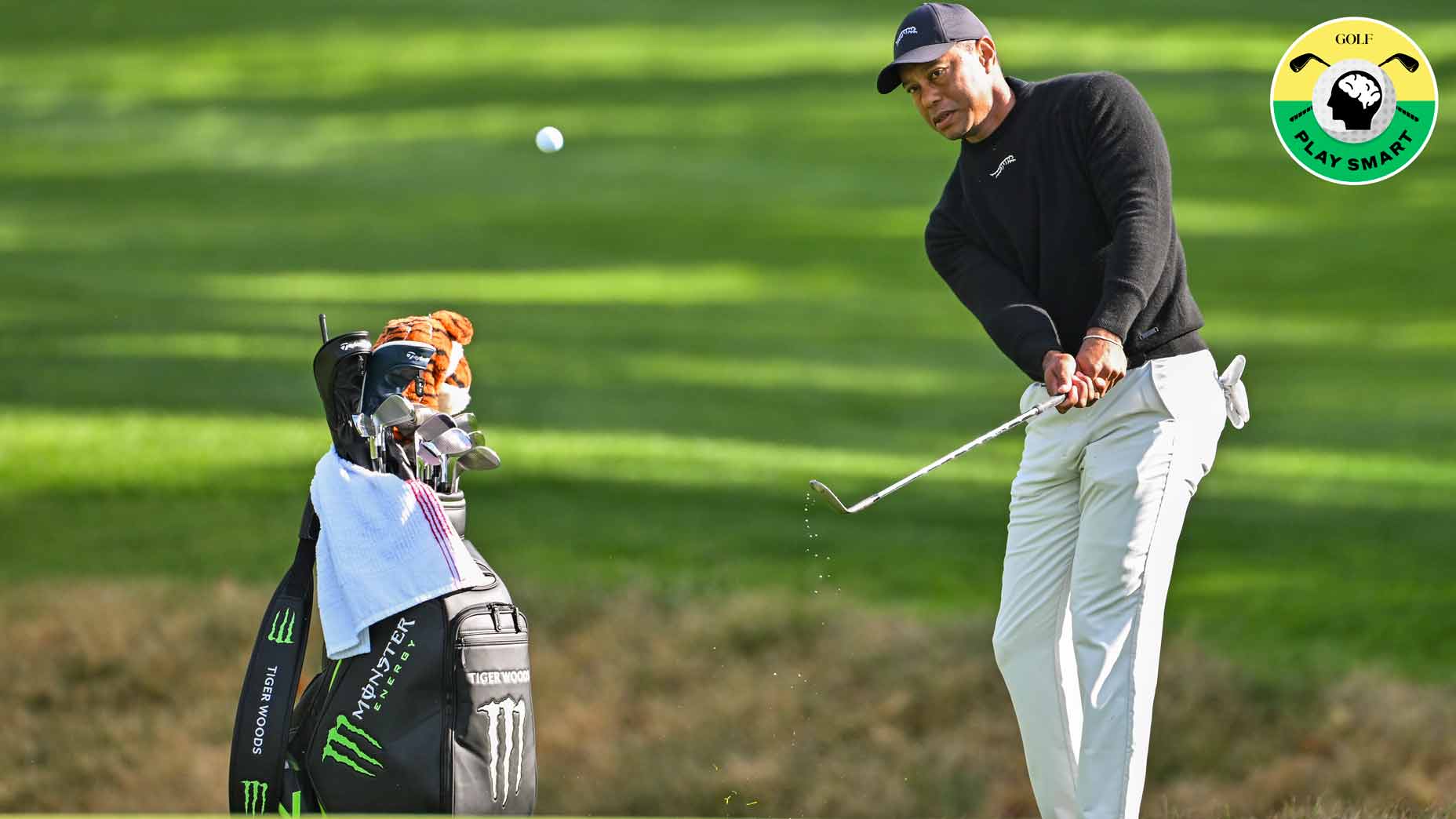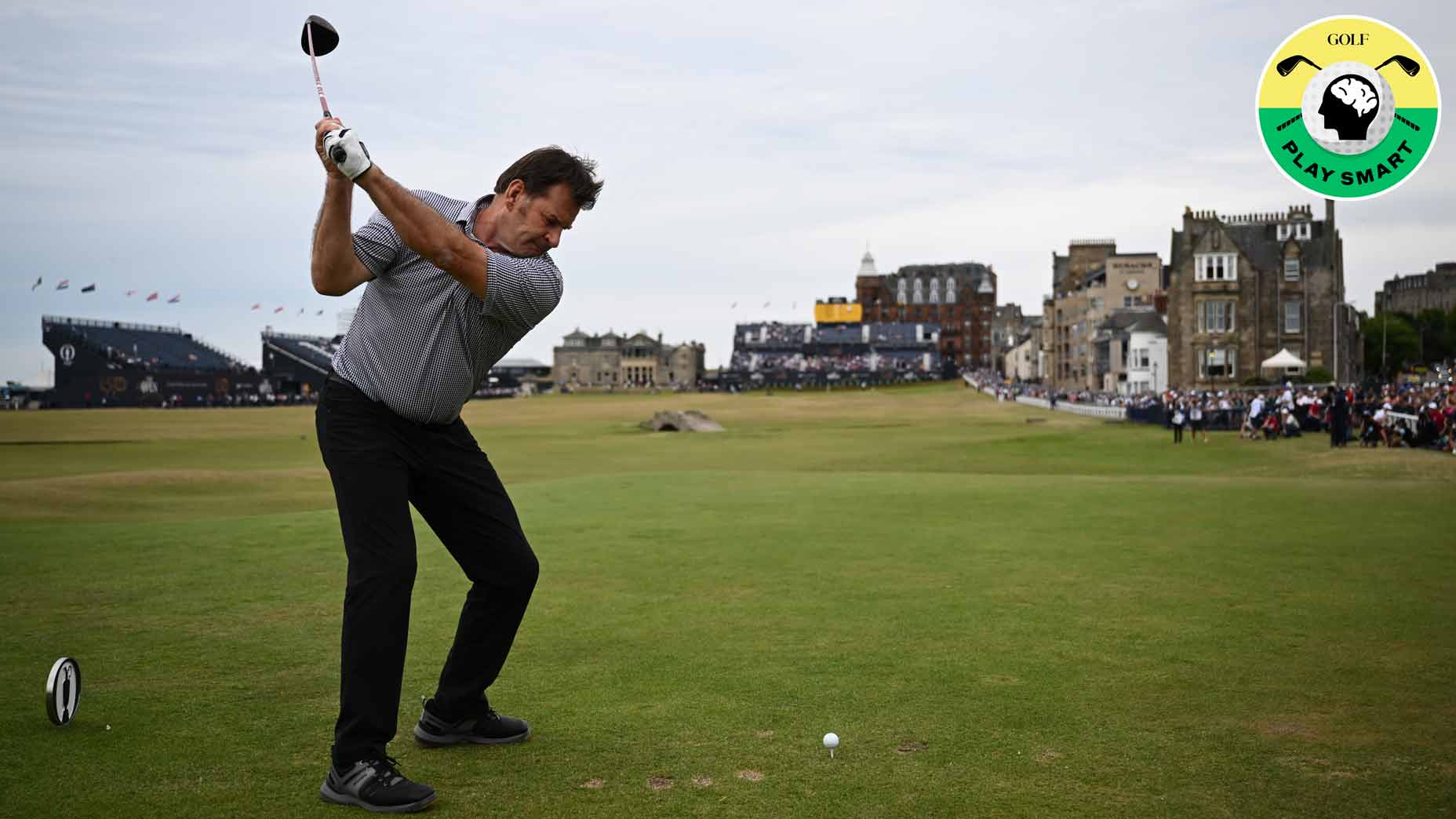What this mind-bending optical illusion can teach you about golf
- Share on Facebook
- Share on Twitter
- Share by Email
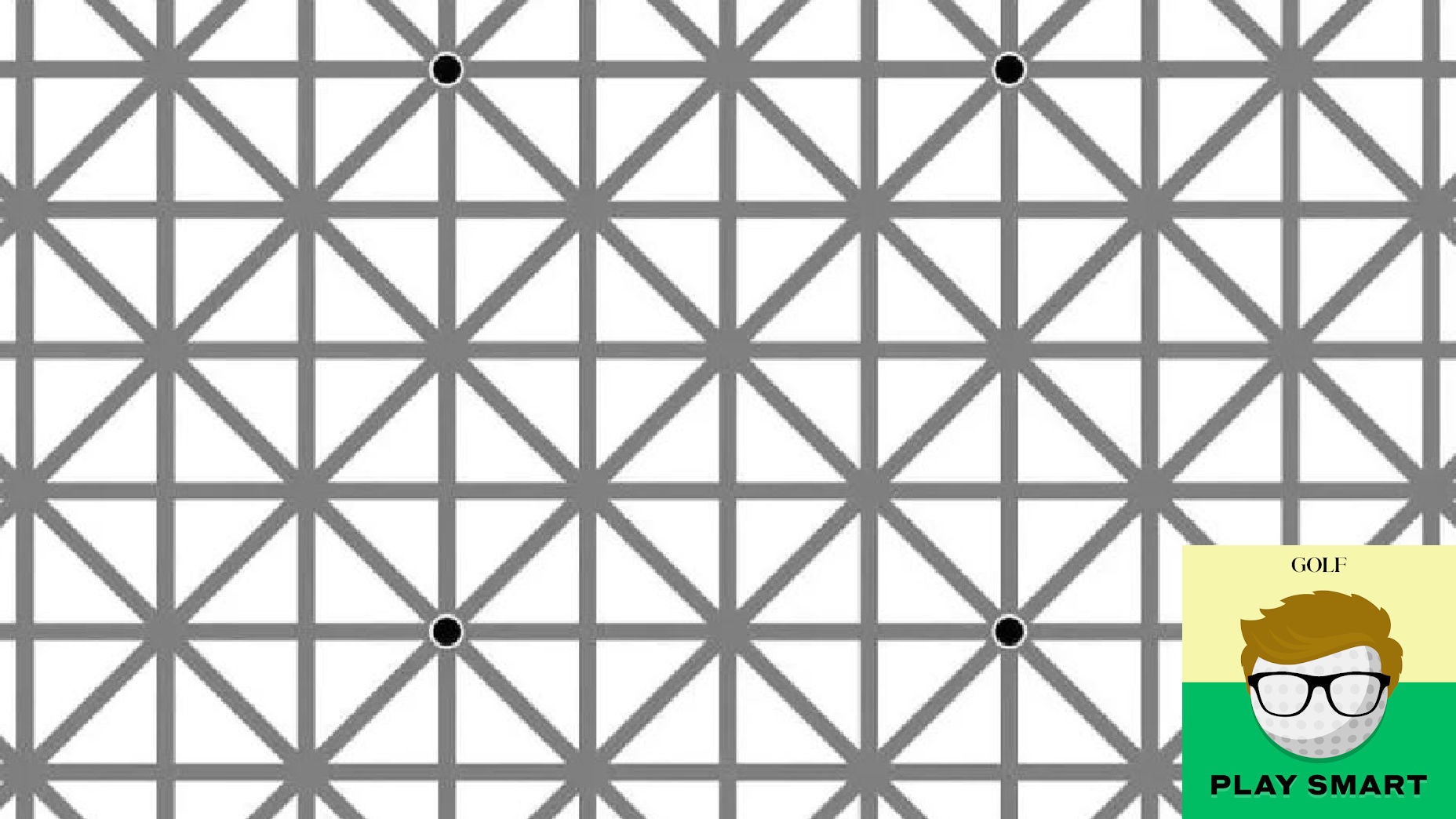
Scroll down to see the secret of this optical illusion.
Welcome to Play Smart, a new game-improvement column that drops at noon (ET) every Monday, Wednesday, and Friday from Director of Game Improvement content Luke Kerr-Dineen to help you play smarter, better golf.
I’m back from the holidays, fighting fresh after some welcome time off, a few drams of good whiskey, and a bout of resolution-making. But the problem is that, whenever I get time off, I spend the time away falling down a series of strange rabbit holes and begin wondering how they could relate to golf.
Which brings me to a recent fascination of mine and the topic of today’s column: Peripheral vision, and what golfers need to know about it.
What is peripheral vision?
Put simply, our eyes are designed to focus on very specific points. Once your eyes find something to fixate on, your focus will gradually sharpen as you laser-in on that point, and everything else around it will begin to fade out of focus. The object you’re focusing on is your center of gaze, everything else around it sits in your periphery.
Because your brain and eyes operate on a what-should-I-focus-on-because-that’s-what-is-important basis, the stuff that sits in your periphery is deprioritized by your brain. That’s why it goes blurry, and often times your brain will make educated guesses about the stuff that’s in your peripheral vision. You can see that effect in the optical illusion below that was originally published in the scientific journal Perception in 2000.
The pattern below features 12 black dots. If you move your eyes around, you can count them. But once your gaze settles on a specific dot, you won’t be able to see the other dots. Because your brain and eyes are wired to focus narrowly on one point, most people can only see one dot at a time. And while they’re focusing on that dot, your brain makes a rough guess about the stuff that is around it — which, in this case, is the pattern.
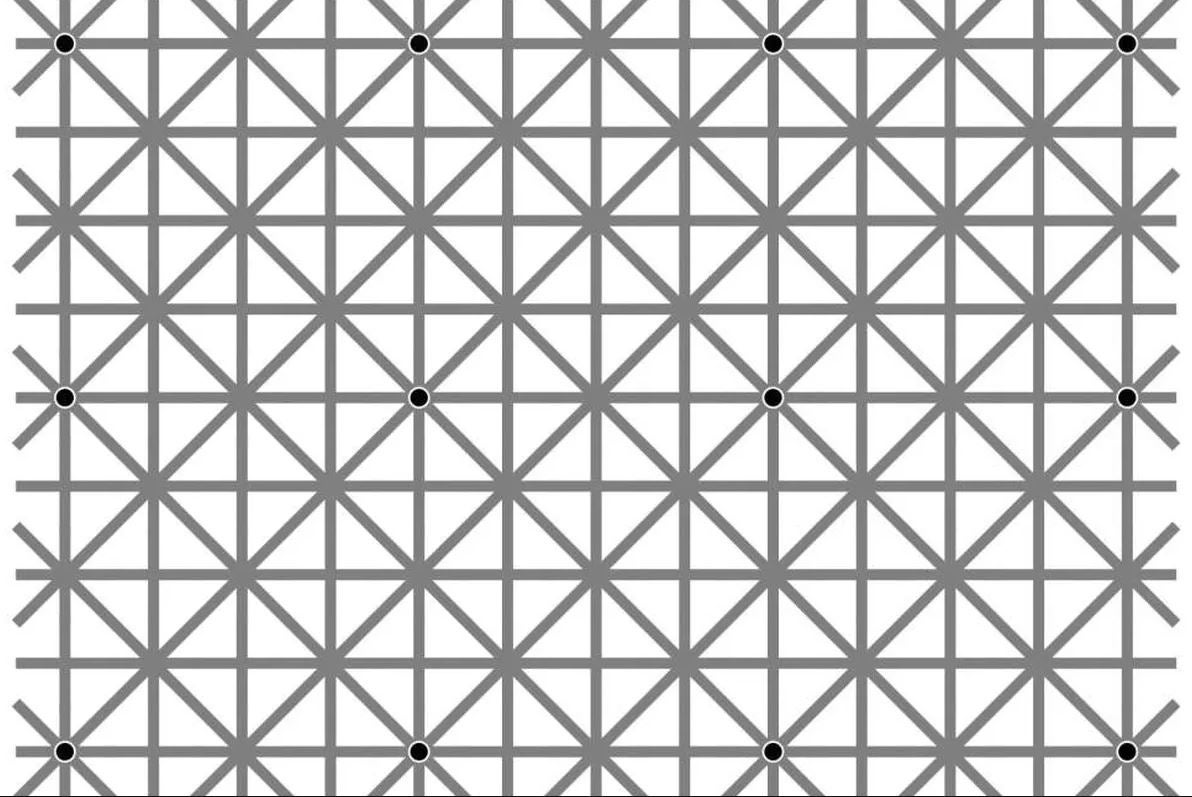
But Luke, what does this have to do with golf?
Good question!
An emerging field of study within golf involves focusing on…well…focus. How the simple act of where you look can effect your performance.
Recent studies have found that better players tend to maintain a tighter focus on their golf ball than higher-handicaps, and that lasering-in on specific points of the golf ball can improve your contact.

So, now that you have a better understanding of how your peripheral vision works, use it to your advantage to improve your focus. Here’s a few simple ways how:
- Try to make the area directly around your ball look roughly the same. Don’t go overboard, but if there’s one straggling leaf, for instance, move it out of the way, because otherwise your eyes may unknowingly focus on it.
- Likewise, beware of things that are moving in your peripheral vision. If a bug wanders past your ball as you setup, your your eyes may be drawn to it.
- Don’t fret about stuff that’s on the outermost sides of your peripheral vision; your mind will probably tune it out anyway.
- Give yourself a specific point on the golf ball to focus on, like the number or even a line. The tighter your point of focus, the more you’ll tune out the stuff around the periphery.
3 useful on-course products
Latest In Instruction

Luke Kerr-Dineen
Golf.com Contributor
Luke Kerr-Dineen is the Game Improvement Editor at GOLF Magazine and GOLF.com. In his role he oversees the brand’s game improvement content spanning instruction, equipment, health and fitness, across all of GOLF’s multimedia platforms.
An alumni of the International Junior Golf Academy and the University of South Carolina–Beaufort golf team, where he helped them to No. 1 in the national NAIA rankings, Luke moved to New York in 2012 to pursue his Masters degree in Journalism from Columbia University. His work has also appeared in USA Today, Golf Digest, Newsweek and The Daily Beast.




